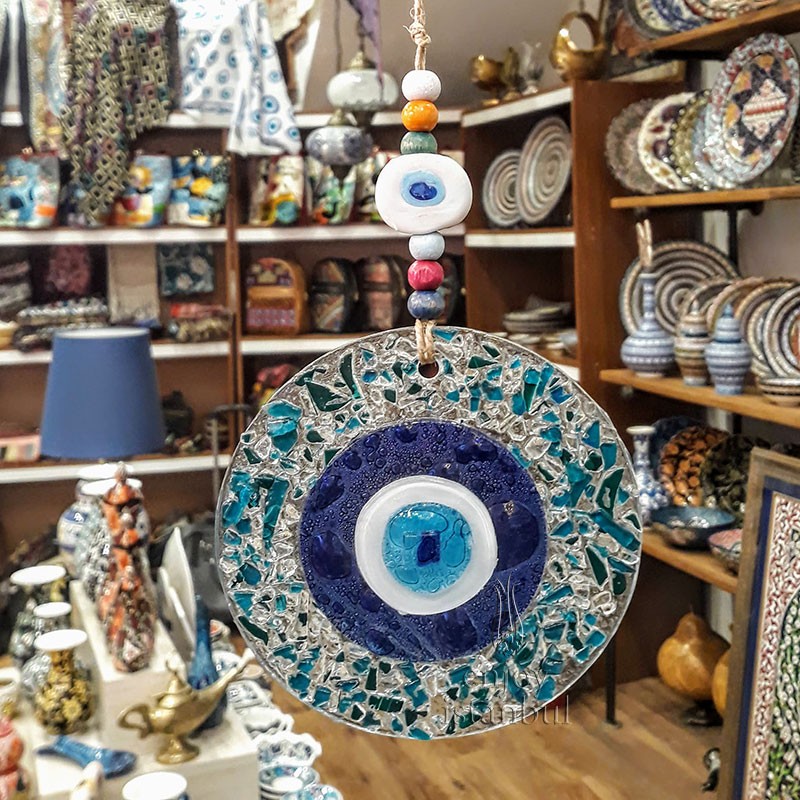Welcome to an enchanting journey through the vibrant world of Turkish wall decor! As someone who has a deep appreciation for art and culture, I find that Turkish decor speaks to the soul with its intricate designs and rich history. In this article, we will explore everything you need to know about Turkish wall decor, from its origins and styles to practical tips on how to incorporate it into your home. So, grab your favorite cup of tea, sit back, and let’s dive in!
The Origins of Turkish Wall Decor
Turkish wall decor has roots steeped in centuries of history. The influence of various civilizations, including the Byzantine and Ottoman Empires, has led to a unique blend of artistic styles that we see today.
The Byzantine Influence
From mosaic tiles to religious iconography, the Byzantine Empire laid the groundwork for many design elements found in Turkish decor. The use of color and patterns in Byzantine art can still be seen in contemporary Turkish designs.
The Ottoman Influence
The Ottomans took these elements and expanded them, introducing intricate calligraphy, floral patterns, and geometric designs. This period is crucial to understanding modern Turkish wall decor.
Styles of Turkish Wall Decor
When it comes to Turkish wall decor, the styles are as diverse as the culture itself. Here are some of the most popular styles that you might consider incorporating into your home:
1. Traditional Turkish Tiles
One of the most iconic forms of Turkish wall decor is the beautifully glazed tiles known as “çini”. These tiles often feature vibrant colors and intricate patterns.
| Feature | Details |
|---|---|
| Material | Ceramic or porcelain |
| Colors | Blue, green, red, yellow |
| Patterns | Floral and geometric |
2. Kilim Wall Hangings
Kilim rugs are another essential aspect of Turkish decor. These hand-woven pieces can be hung on walls to add a touch of warmth and texture.

3. Mosaic Artwork
The technique of creating images from small pieces of colored glass or stones, known as mosaic art, is prevalent in Turkish culture. These pieces can serve as stunning centerpieces in any room.
Incorporating Turkish Wall Decor into Your Home
Understanding how to integrate Turkish wall decor into your space can seem daunting, but it’s all about balance and creativity. Here are some tips I’ve gathered through my own experiences:

Selecting the Right Pieces
Start by choosing one or two statement pieces that resonate with you. Here’s a quick guide:
- **Mosaic Art**: Ideal for brightening up a living room.
- **Kilim Wall Hangings**: Great for adding warmth to bedrooms.
- **Turkish Tiles**: Perfect for creating a backsplash in kitchens or bathrooms.
Creating a Balanced Look
Mixing Turkish decor with modern elements can create a harmonious balance. For example, pairing a traditional Turkish tile mural with contemporary furniture can produce a stunning effect.

Personal Experience
When I added a set of vibrant Kilim wall hangings to my dining room, it transformed the space entirely! It created a cozy atmosphere that was both inviting and stylish.
Pros and Cons of Turkish Wall Decor
| Pros | Cons |
|---|---|
| Rich Cultural Heritage | Can be expensive depending on authenticity |
| Unique Aesthetic Appeal | May require specific care and maintenance |
| Variety of Styles Available | Can clash with minimalist decor |

Where to Buy Turkish Wall Decor
Finding authentic Turkish wall decor can be an adventure in itself. Here are some reliable options:
1. Local Artisan Shops
Supporting local artisans is a fantastic way to find unique pieces, and you often get the story behind the artwork!
2. Online Retailers
Websites like Etsy and Amazon offer a wide range of Turkish wall decor, including handmade items, at various price points.
3. Turkish Markets
If you have a Turkish market or community nearby, pop in! These places often carry authentic decor items.

Maintaining Your Turkish Wall Decor
Once you’ve decorated your space, it’s essential to keep your Turkish wall decor looking its best. Here are some maintenance tips:
Cleaning Techniques
For tiles and mosaics, use a soft cloth and mild detergent. Avoid abrasive materials that can scratch the surface.
Protection from Damage
Consider using glass frames for textile artwork to protect them from dust and fading.

Frequently Asked Questions (FAQs)
What are the most common types of Turkish wall decor?
The most common types include Turkish tiles, Kilim wall hangings, and mosaic artwork.
How do I incorporate Turkish decor into a modern home?
Mix traditional pieces with modern furniture and minimalist designs to create an appealing contrast.

Are Turkish rugs suitable for wall hanging?
Absolutely! Kilim rugs, in particular, make beautiful wall hangings due to their vibrant colors and patterns.
How can I ensure authenticity when buying Turkish decor?
Look for reputable sellers or artisans. Asking for certificates of authenticity can also help ensure you’re purchasing genuine items.
Wrapping Up
In conclusion, Turkish wall decor is more than just an aesthetic choice; it’s a way to bring a piece of culture and history into your home. Each piece tells a story, reflecting the rich tapestry of Turkish artistry. I hope this guide has inspired you to explore and incorporate the beauty of Turkish decor into your living space. Whether you choose colorful tiles, intricate mosaics, or warm Kilim hangings, you’re sure to create a captivating atmosphere.
Thank you for joining me on this journey through Turkish wall decor. I would love to hear about your experiences and what pieces you decide to incorporate into your own home!